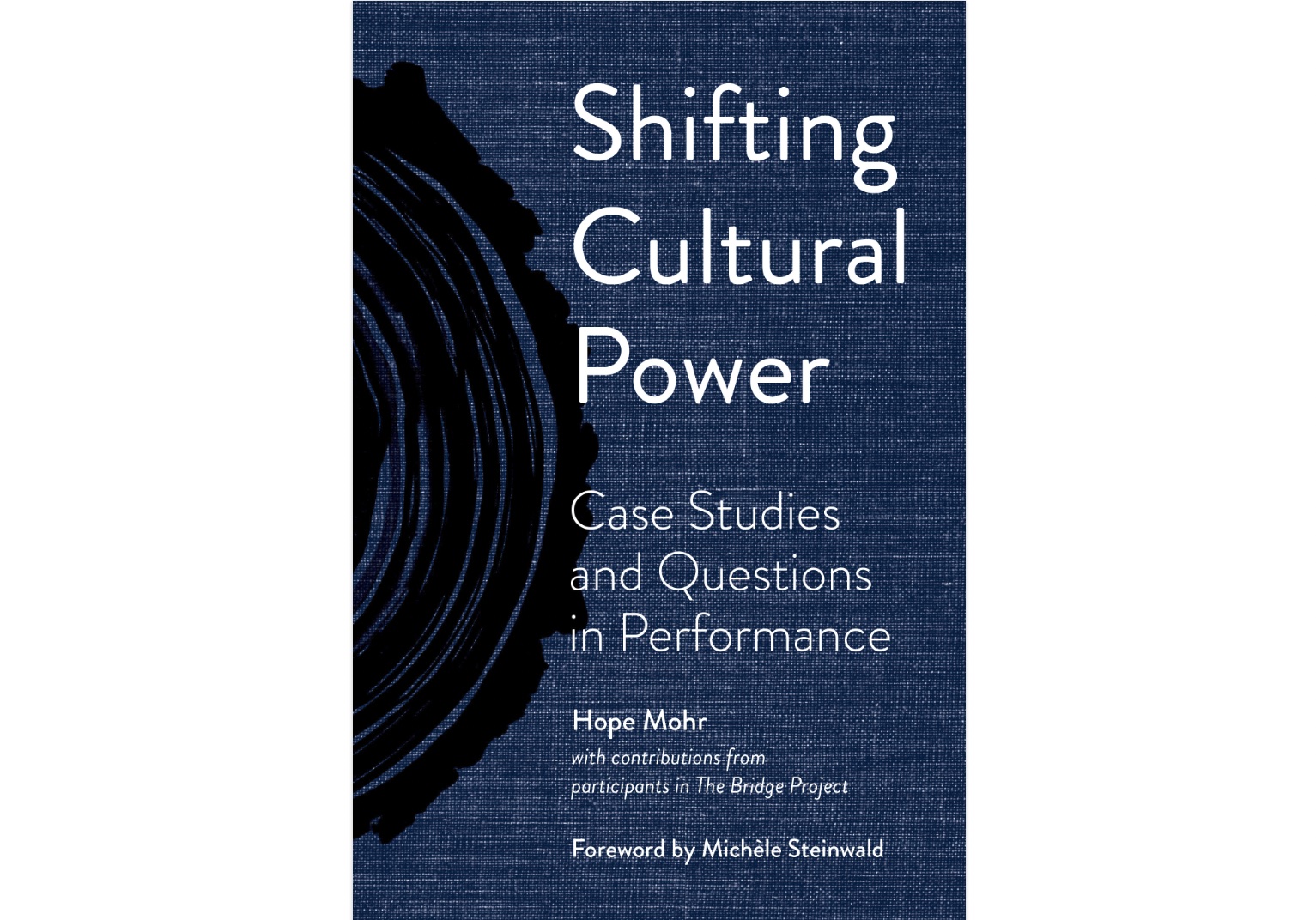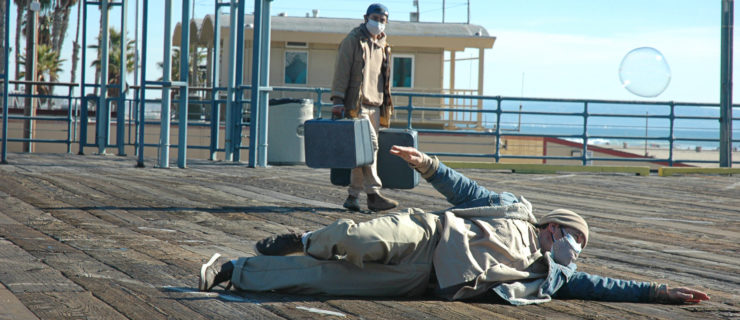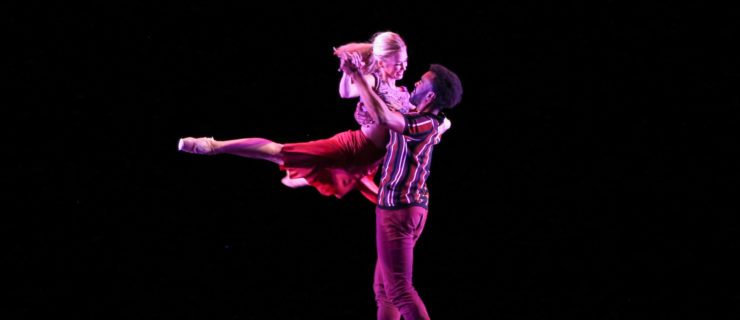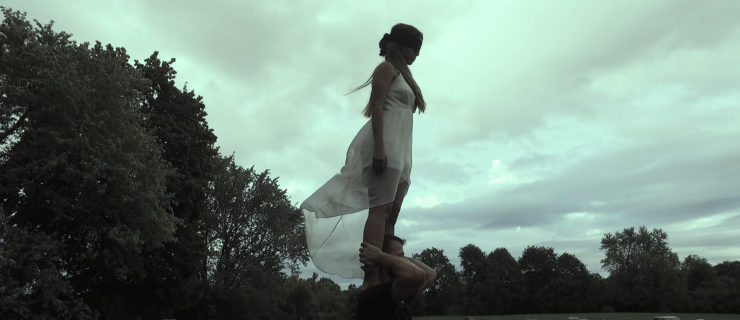25 Prompts to Liberate Your Choreographic Practice
I’m a white choreographer based on the ancestral lands of the Ramaytush Ohlone people, otherwise known as San Francisco. My recent book, Shifting Cultural Power: Questions and Case Studies in Performance, imagines equity-based models in dance that decenter whiteness.
Writing about anti-racism work is a fraught endeavor because, as a white person, I’ll always have blind spots. For example, the book includes a list of “25 Practices for Decolonizing Dance (and finding your Poetic Nerve).” In retrospect, I should have used different language.
“Decolonize” has become a ubiquitous term because colonialism is everywhere. Colonial legacies exist not only outside of us, in sociopolitical power dynamics, but also in our bodies. Colonial legacies pervade dominant cultural notions of time, value, space and language.
But Eve Tuck and K. Wayne Yang’s article “Decolonization is not a metaphor” criticizes use of the term in contexts other than the repatriation of Indigenous land, saying that decolonization “is not a metaphor for other things we want to do to improve our societies.” Holding Tuck and Yang’s article in mind, I want to be more specific with my language when I talk about reorganizing the field to resist complicity with legacies of oppression. We can ask many questions that interrogate power and privilege in the field: How can we compose bodies in space and time without asserting power over those bodies? How can we resist monolithic meaning in dance? How do we disentangle authority from authorship? How can dancemaking be liberatory for everyone involved? How can we anchor dancemaking in authentic community and in trust? How can we dismantle white supremacy in the field? These questions are related to the important economic and political work of decolonization, but not synonymous with it.
“There’s value in putting ourselves in a destabilized space and listening for what comes next.”Hope Mohr
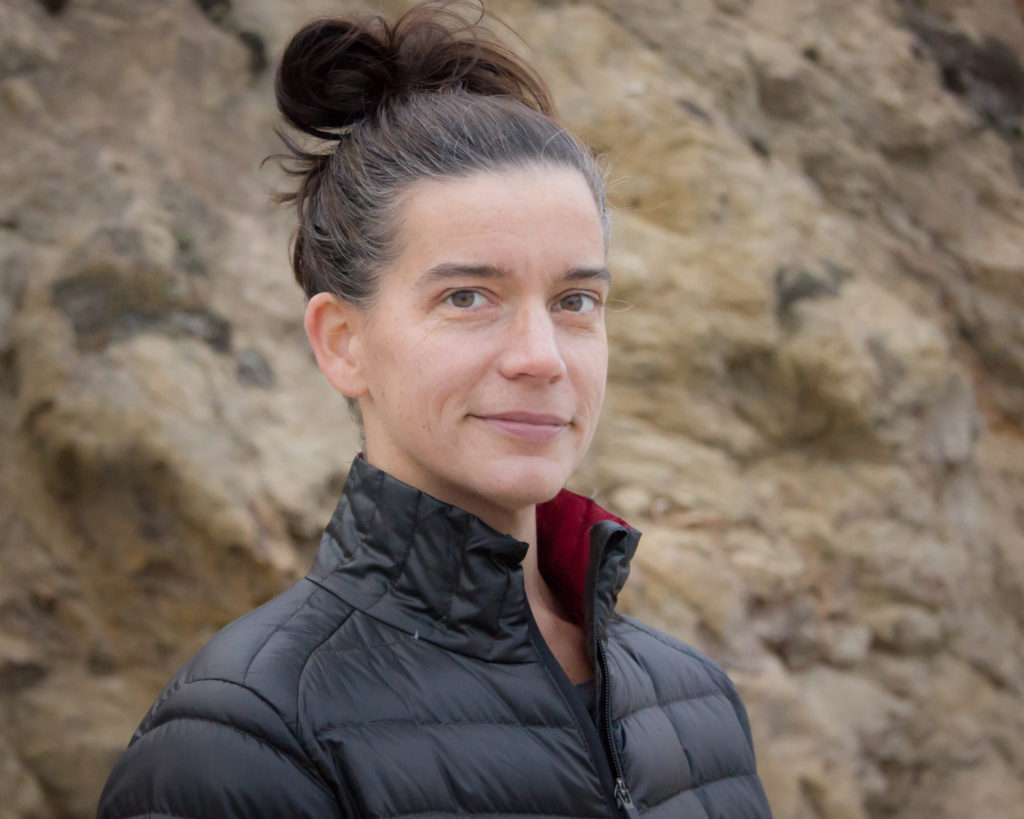
I want to talk about aligning choreographic practice with commitments to mutual liberation. This is necessarily both structural and personal work. We must reorganize the underpinnings of art practice: our organizations, agreements with collaborators and relationships in the studio. We must democratize arts leadership, demand equitable contracting, train arts workers in cultural competency, add Indigenous representation to boards and staff, center BIPOC artists in programming, honor Indigenous protocol by acknowledging Native land, and advocate for reparations for the displacement of Indigenous peoples.
And politics don’t stop at the studio door. How can we integrate political commitments into our dances, our bodies?
With this context in mind, I offer this revised list of prompts from Shifting Cultural Power: “25 Practices for Aligning Choreographic Practice with a Commitment to Mutual Liberation.”
- The space should not be white-dominated. Indigenous people and people of color should be fully integrated, engaged, empowered, acknowledged and respected in the cast, crew and artistic staff.
- Practice sustained listening.
- Encourage imperfection and doubt (yours and others).
- Slow down. Value pause. Waste time. Wander.
- Value pleasure.
- Invite excess, kitsch, camp, sentimentality and overmuchness.
- Orient the dance and its systems outward. Make in relationship. Make dance in the mess of the world.
- Allow the dancing to be invisible, ambiguous and illegible.
- There is no original, truest version of movement. Movement material is collectively owned and authored.
- Allow edges to be a part of the landscape of the dance. Refuse a fixed front.
- Be transparent about your needs and your fallibility as an artist. Be clear about the terms of the work with yourself and your collaborators. Name collaborative periods of work. Name when you need to author or edit.
- Acknowledge and credit sources of movement, both in the studio (“This is a phrase that Jane made.” “I pulled this idea off of YouTube.”) and in promotional materials (“This dance was co-created by…”).
- Allow for multiplicity: multiple voices, multiple variables, multiple vocabularies. Develop a vocabulary of inclusion sourced from multiple bodies. What does it mean to express authorship amidst multiplicity?
- Acknowledge and pay attention to how everyone in the room works at different processing speeds. Orient the process to different people’s sense of time.
- Explore what it might mean for the dance to be porous. What can you let into the space of the dance?
- Practice making without a show in mind. Hold the creative process lightly while still staying engaged,
accountable and supportive of others in the space. - Allow improvisation to take over the process. Maintain a state of radical uncertainty about what the dance might become.
- Allow for sustained movement research outside of the task of making. Find creative modes beyond composition and mimicry.
- Collaborate with people and places that destabilize and challenge authorship.
- Question your choices. Question instinctual preferences. Work with a palette you despise. Stay with an idea much longer than you think is appropriate.
- Invite other people’s emotional lives into the work.
- Invite other people to hijack the process.
- Practice financial transparency about artist pay, project budget and funding sources.
- Show up with no agenda. Work with what and who is in the room.
- Be vulnerable.
If I were to implement all of the above prompts, I might not end up making a dance at all. But there’s value in putting ourselves in a destabilized space and listening for what comes next. These are prompts for locating your political and poetic nerve. Poetic nerve does not necessarily mean surrendering authorship. It means going beyond yourself, and then back within again, and then again out past yourself, and so on, in a constant conversation between the dance and the world.
Doing the Work
These ideas are not mine. Throughout the vast and violent span of colonial history, dance artists, especially Native artists and artists of color, have been doing and continue to do this work. There’s Sydnie L. Mosley, advocating for liberation of dance pedagogy through practices such as acknowledging that “all dance forms are specific cultural practice and should be acknowledged and specifically named as such”; Mar Parrilla’s cultural exchange projects with Puerto Rico–based artists and members of the Aquinnah Wampanoag tribe to explore colonial legacies; Emily Johnson, whose decolonization rider calls on presenter partners to commit to the “living process” of decolonization, including compliance with Indigenous Protocol, acknowledgment of host Nations in all press, and engagement with the Indigenous community. There are countless other examples.
Why am I, as a white person, even trying to talk about decolonization? Because for too long, Indigenous people and people of color have shouldered this work. In the words of feminist writer Judit Moschkovich, “it is not the duty of the oppressed to educate the oppressor.” White people must do this work too.
Q&A: What tools or tactics are you using in the studio to liberate your choreographic practice?

David Herrera, artistic director and choreographer for David Herrera Performance Company:
“I channel movement through emotional recall and muscle memory to return to a time when studio teachings did not dictate how I performed or danced. I swayed, gyrated, stomped, shook my hips, pranced and spun before I ever stepped into a modern dance class. Through this approach, I am actively shedding the heavily calloused, conditioned layers of white modern dance technique. It’s a slow and arduous process; a relearning of feeling, instinct and physicality. I aim to liberate myself from the burden of aesthetics that were not inherent to my cultural upbringing or my brown body.”
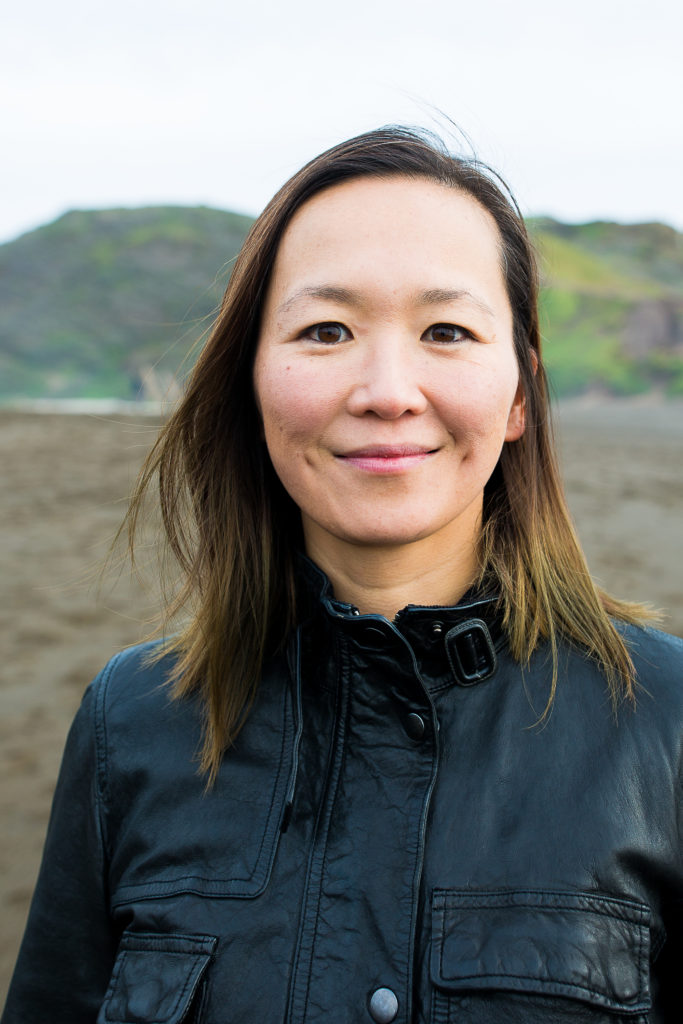
Yayoi Kambara, dancer, choreographer, teacher and director of KAMBARA+:
“I dismantle systems of oppression, colonization and power by creating space to liberate our imaginations. I build artistic teams that value curiosity and mistakes. I confront my intentions behind each movement. Ballet is associated with whiteness, but it’s part of my training. When I’m making movement that twists, curves, quirks and springs, something from ballet often appears. I love a good à la seconde. But à la seconde has no inherent value. When à la seconde shows up in my choreography, it can be anything: honest, strong, vulnerable. No two bodies do it identically. Often I pause inside a ballet position and then fall out of it. Just as I consider the values behind my movement, my dances invite audiences to consider their own values.” —As told to Hope Mohr
